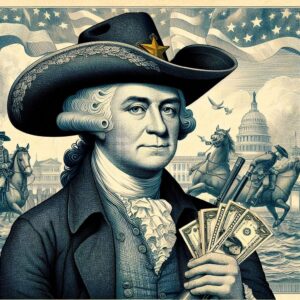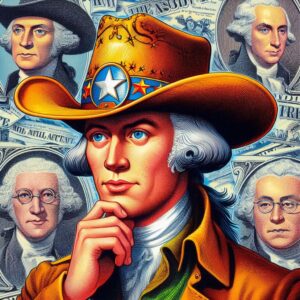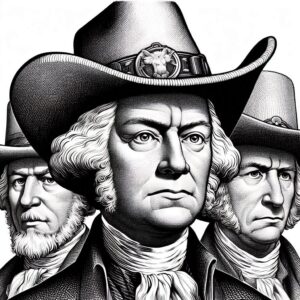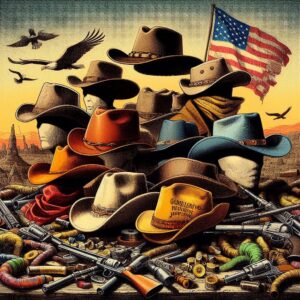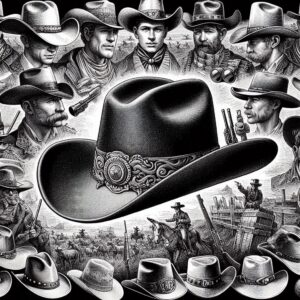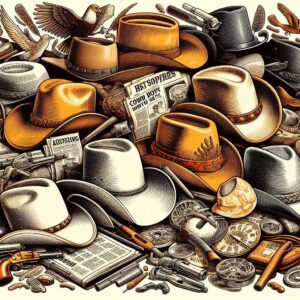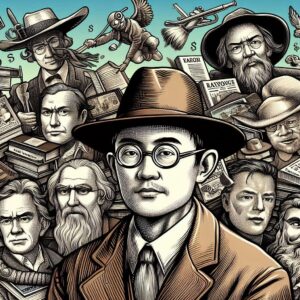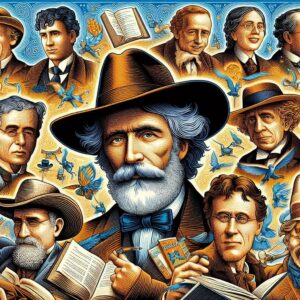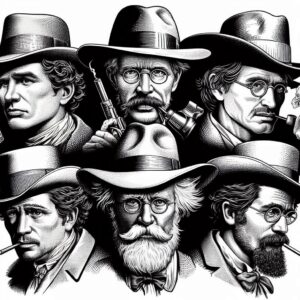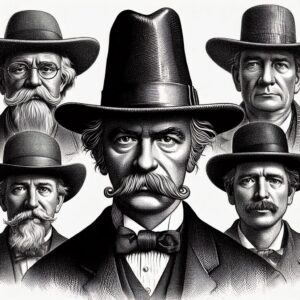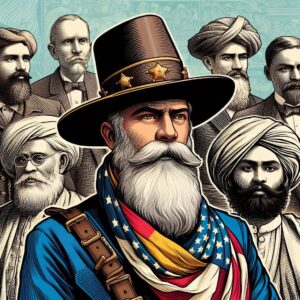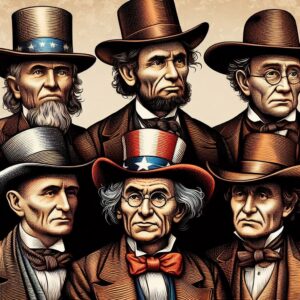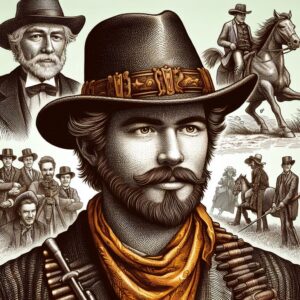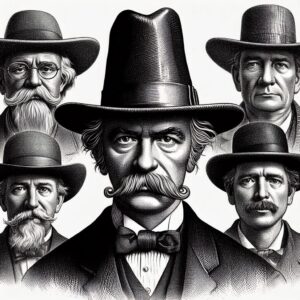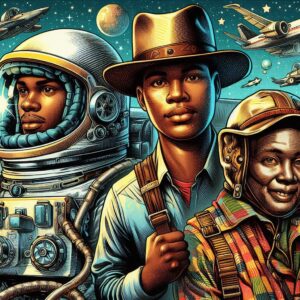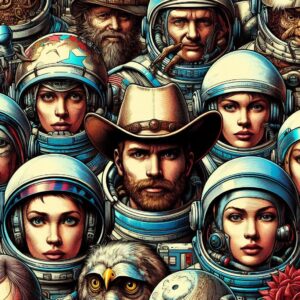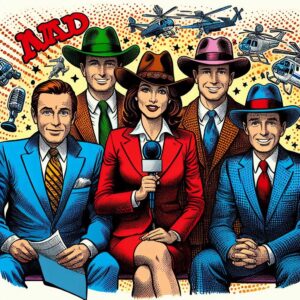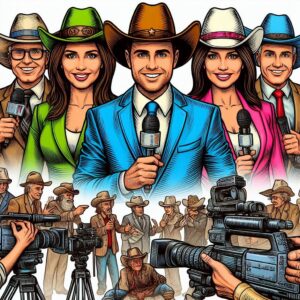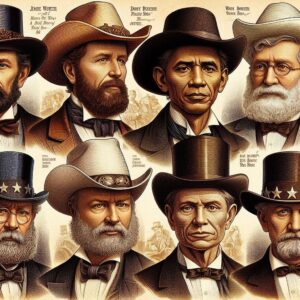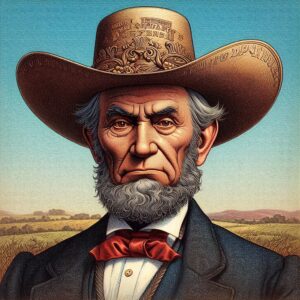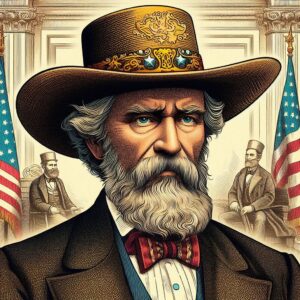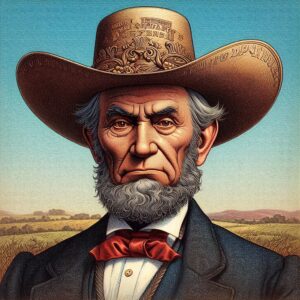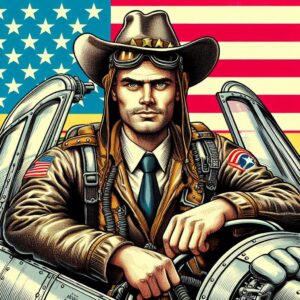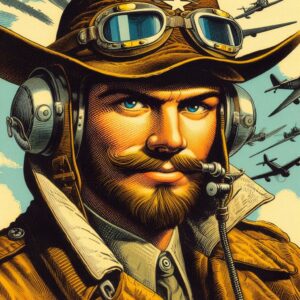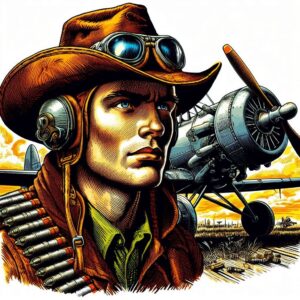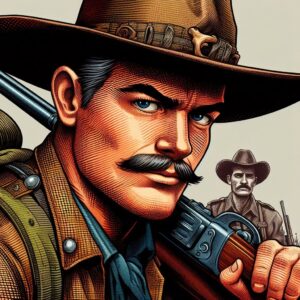The History of the Cowboy Hat
Origins of the Cowboy Hat
The cowboy hat is an iconic symbol of the American West, instantly recognizable and deeply rooted in the history and culture of ranching and cowboy life. Its origins, however, trace back to various influences and innovations over the centuries.
Early Influences
Before the cowboy hat as we know it today came into existence, early influences included hats worn by various cultures. The wide-brimmed hats of Mexican vaqueros (cowboys) and Spanish caballeros were significant influences. These hats, designed to provide protection from the sun and elements, featured broad brims and high crowns, characteristics that would be adopted into the cowboy hat design.
The sombrero, in particular, is a notable precursor. Sombreros were wide-brimmed hats worn by Mexican laborers and vaqueros to shield them from the intense sun. The practical design of the sombrero, with its wide brim for shade and high crown for ventilation, laid the foundation for what would become the cowboy hat.
The Birth of the Cowboy Hat
The cowboy hat as we recognize it today was brought to prominence by John B. Stetson. In the mid-1800s, Stetson, the son of a hat maker, ventured west due to health reasons and found himself in need of durable headwear. Drawing inspiration from the hats of Mexican vaqueros and his own innovations, he created what he called the “Boss of the Plains” hat in 1865.
John B. Stetson and the “Boss of the Plains”
John B. Stetson’s “Boss of the Plains” hat became the archetype of the cowboy hat. This hat featured a simple yet practical design: a high, rounded crown for insulation and ventilation, and a wide, flat brim to provide ample shade and protection from the elements. Made from high-quality felt, it was durable enough to withstand the harsh conditions of the American West.
Stetson’s hat quickly gained popularity among cowboys, ranchers, and other westerners for its practicality and durability. Its versatility allowed it to be used for various purposes, from shading the eyes and face to serving as a makeshift water bucket.
Evolution and Varieties of the Cowboy Hat
As the cowboy hat became more popular, it evolved into various styles to suit different needs and preferences. The basic design remained, but modifications in shape, size, and materials led to a wide range of styles.
The Cattleman
The Cattleman style is one of the most traditional and recognizable cowboy hat shapes. It features a tall crown with a single crease down the center and two dents on either side. The brim is usually curved slightly upwards. This style became popular among ranchers and cattlemen due to its formal appearance and practicality.
The Gus
The Gus hat style is characterized by a high crown with three creases: one down the center and one on each side. The brim is typically wide and can be shaped to suit the wearer’s preference. This style is named after Augustus “Gus” McCrae, a character from Larry McMurtry’s novel “Lonesome Dove,” and it gained popularity due to its association with the rugged, adventurous cowboy image.
The Tom Mix
Named after the famous silent film cowboy actor Tom Mix, this hat style features a tall crown with a large, pronounced crease down the center and a wide, flat brim. The Tom Mix hat became popular in the early 20th century and is often associated with the larger-than-life personas of Hollywood cowboys.
The Montana Peak
Also known as the “Montana Crease” or “Montana Slope,” this style features a crown with four distinctive creases, creating a peak-like shape. The brim is generally wide and slightly upturned. This style was popularized by cowboys and lawmen in the northern plains and is still favored by some western enthusiasts today.
Materials and Construction
The materials and construction methods of cowboy hats have also evolved over time. Originally, hats were made from beaver felt, known for its durability and water resistance. As demand increased and materials became more diverse, wool felt and straw became common alternatives.
Felt Hats
Felt hats are typically made from animal fur, such as beaver, rabbit, or a blend of different furs. Beaver felt is considered the highest quality due to its water resistance and durability. Felt hats are formed by compressing and matting the fur fibers together, creating a dense, durable material that can be shaped into various styles.
Straw Hats
Straw hats are popular for their lightweight and breathable qualities, making them ideal for warmer climates. They are woven from various types of straw, including palm leaf, shantung, and raffia. Straw hats can be shaped and styled similarly to felt hats but are generally more affordable and suitable for casual or summertime wear.
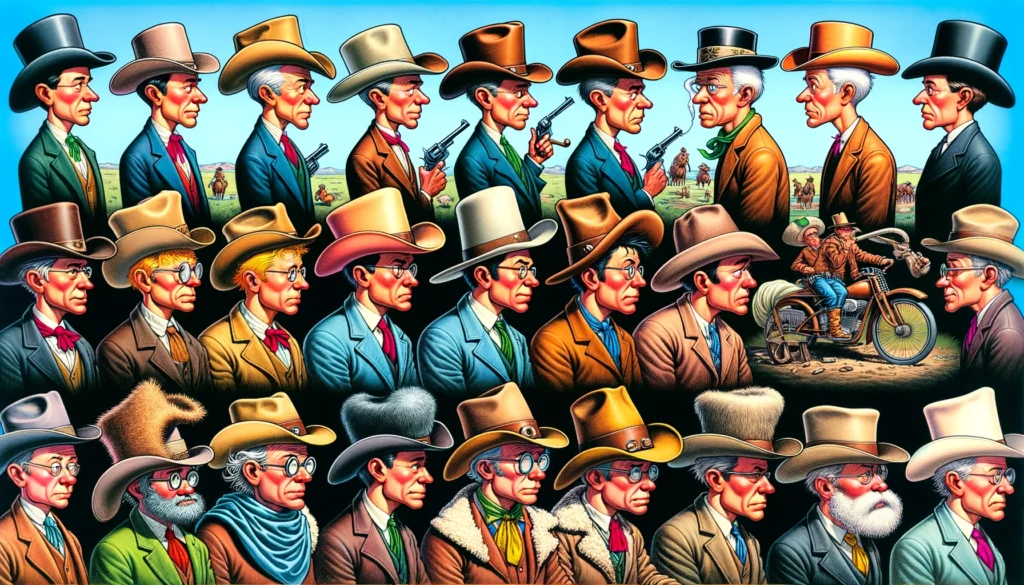
Common Sense Advice for Choosing and Caring for a Cowboy Hat
When selecting a cowboy hat, it’s essential to consider factors such as fit, material, and intended use. Here are some tips and common-sense advice for choosing and caring for a cowboy hat:
Choosing the Right Fit
A properly fitting cowboy hat should sit comfortably on your head without being too tight or too loose. It should rest just above your eyebrows and ears, with the brim providing shade without obstructing your vision. To find the right fit, measure the circumference of your head just above your ears and refer to a sizing chart to determine your hat size.
Material Considerations
Consider the material of the hat based on your needs and preferences. Felt hats are ideal for colder weather and formal occasions due to their durability and water resistance. Straw hats are better suited for warmer climates and casual wear due to their lightweight and breathable qualities. If you need a versatile hat for year-round use, consider a blend of felt and straw or a hat with interchangeable parts.
Style and Function
Choose a hat style that suits your personal taste and intended use. If you’re looking for a traditional, formal appearance, the Cattleman or Gus styles are excellent choices. For a more casual, rugged look, the Tom Mix or Montana Peak styles may be more suitable. Consider how the hat’s shape and brim width will affect its functionality, such as providing shade or fitting comfortably while riding.
Caring for Your Cowboy Hat
Proper care and maintenance can extend the life of your cowboy hat and keep it looking its best. Here are some tips for caring for your hat:
- Cleaning: Regularly brush your hat with a soft-bristle brush to remove dust and dirt. For felt hats, use a hat sponge or a damp cloth to clean any stains. For straw hats, gently wipe with a damp cloth and avoid using harsh chemicals.
- Storage: Store your hat in a cool, dry place, preferably on a hat rack or in a hat box to maintain its shape. Avoid leaving your hat in direct sunlight for extended periods, as this can cause fading and damage to the material.
- Reshaping: If your hat loses its shape, you can reshape it using steam. Hold the hat over a pot of boiling water or use a handheld steamer to gently soften the material, then reshape it with your hands or using a hat form. Allow the hat to air dry completely before wearing it again.
- Handling: When handling your hat, always hold it by the brim rather than the crown to prevent dents and deformities. Avoid placing your hat on surfaces that could cause it to lose its shape, such as flat tables or the back of a chair.
The Cultural Significance of the Cowboy Hat
Beyond its practical use, the cowboy hat holds significant cultural and symbolic value. It represents the spirit of the American West, embodying ideals of independence, ruggedness, and resilience. The hat has become a staple in western fashion and an enduring symbol in popular culture.
Cowboy Hats in Popular Culture
The cowboy hat has been immortalized in film, television, music, and literature. Iconic western movies and TV shows, such as “Stagecoach,” “Bonanza,” and “Gunsmoke,” featured characters who wore cowboy hats, solidifying the hat’s association with the cowboy image.
Famous musicians, such as Willie Nelson, George Strait, and Dolly Parton, have also embraced the cowboy hat as part of their stage personas, further embedding it into the cultural fabric of the American West. The hat has become synonymous with country music and western lifestyle, symbolizing authenticity and tradition.
The Cowboy Hat Today
In contemporary times, the cowboy hat remains a popular and versatile accessory. It is worn by ranchers, rodeo participants, country musicians, and western enthusiasts worldwide. The hat has also transcended its traditional roots, being embraced by fashion designers and incorporated into modern, urban styles.
Cowboy Hat Etiquette
Wearing a cowboy hat comes with its own set of unwritten rules and etiquette. Understanding these customs can help you wear your hat with confidence and respect for tradition.
- Removing Your Hat Indoors: It is customary to remove your hat when entering someone’s home, a place of worship, or during the national anthem. This gesture shows respect and courtesy.
- Tipping Your Hat: Tipping your hat is a traditional gesture of greeting or acknowledgment. It involves briefly lifting the hat off your head or nodding while touching the brim. This simple act conveys politeness and respect.
- Handling Your Hat: When handling your hat, avoid placing it upside down on its crown, as this can cause it to lose its shape. Instead, rest it on the brim or use a hat rack.
Conclusion
The cowboy hat is more than just a piece of headwear; it is a symbol of the American West and a testament to the enduring legacy of the cowboy. From its early influences and the innovations of John B. Stetson to its evolution into various styles and its cultural significance, the cowboy hat has remained an essential part of western heritage.
Understanding the history, choosing the right hat, and caring for it properly can help you appreciate and enjoy this iconic accessory. Whether you’re a rancher, a rodeo participant, or simply a western enthusiast, the cowboy hat continues to represent the spirit of independence, resilience, and tradition that defines the American West.
Cowboy Hat Hall of Fame – Image Gallery


